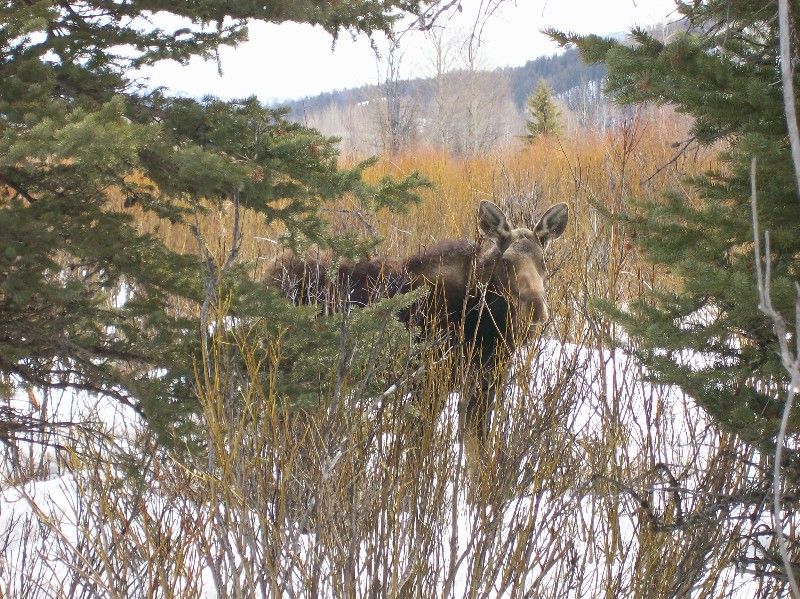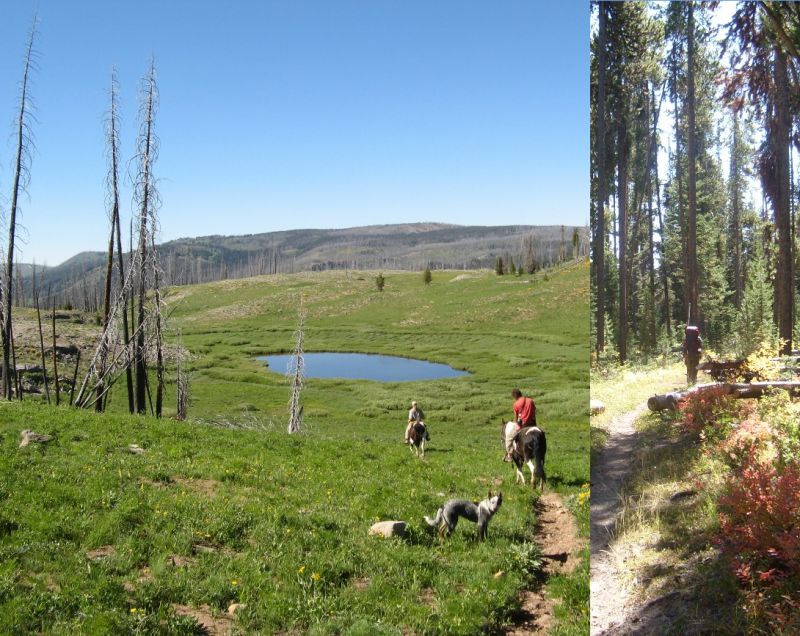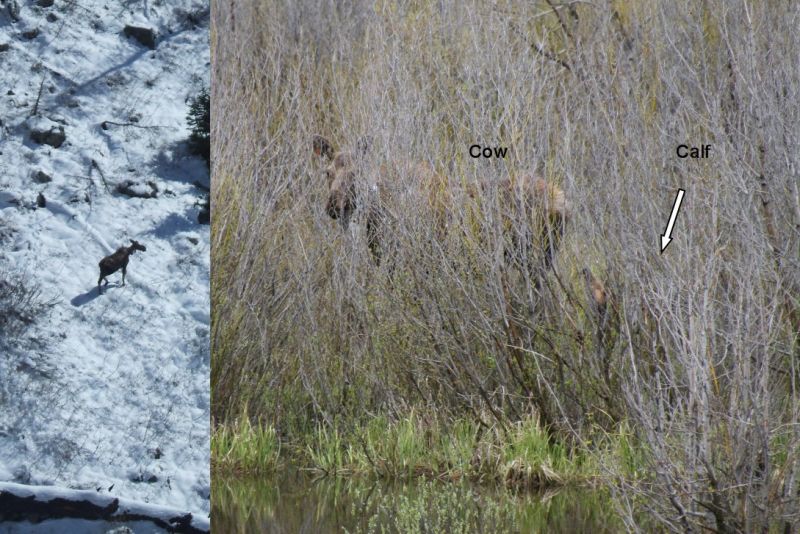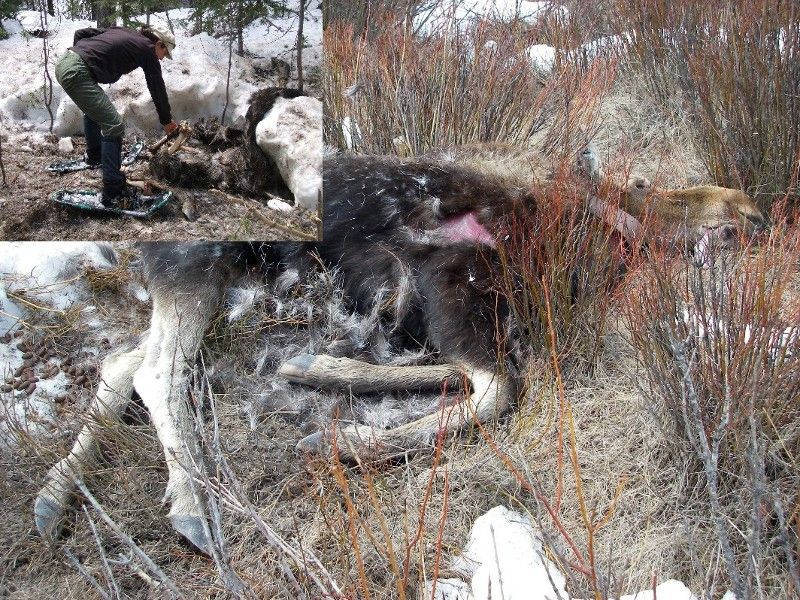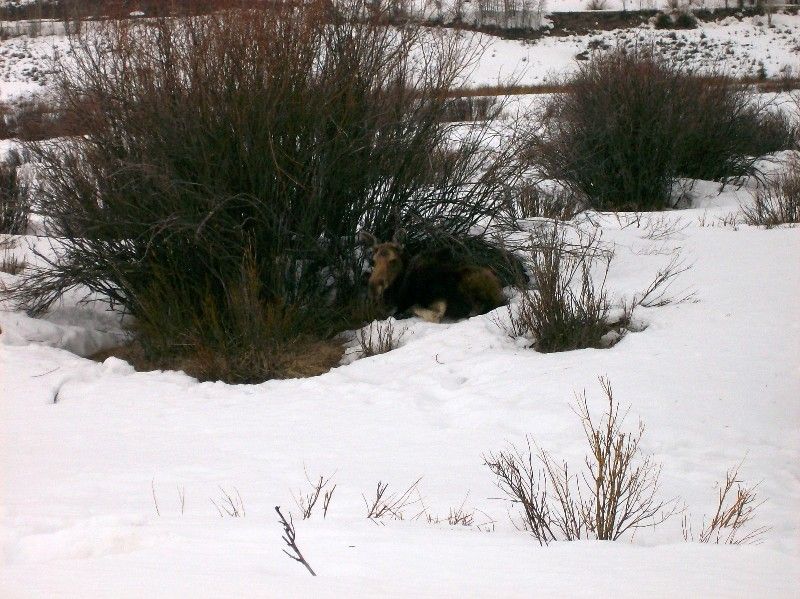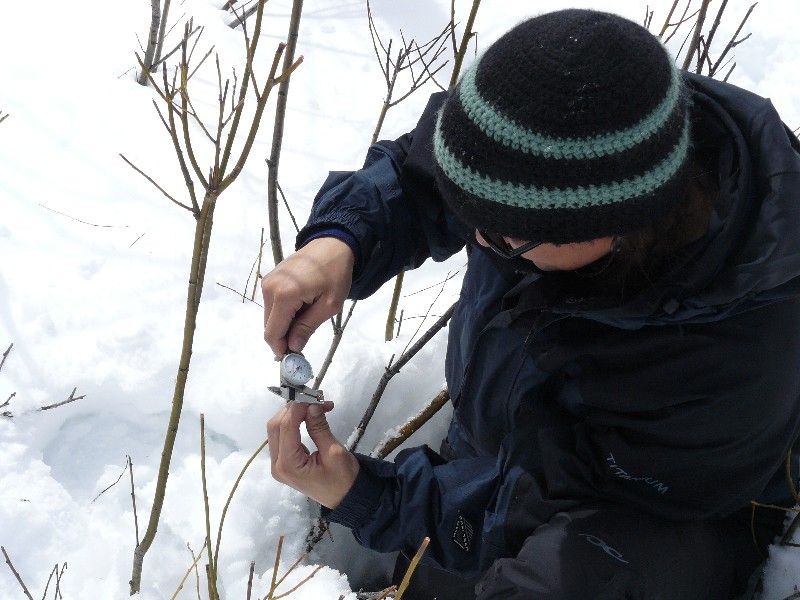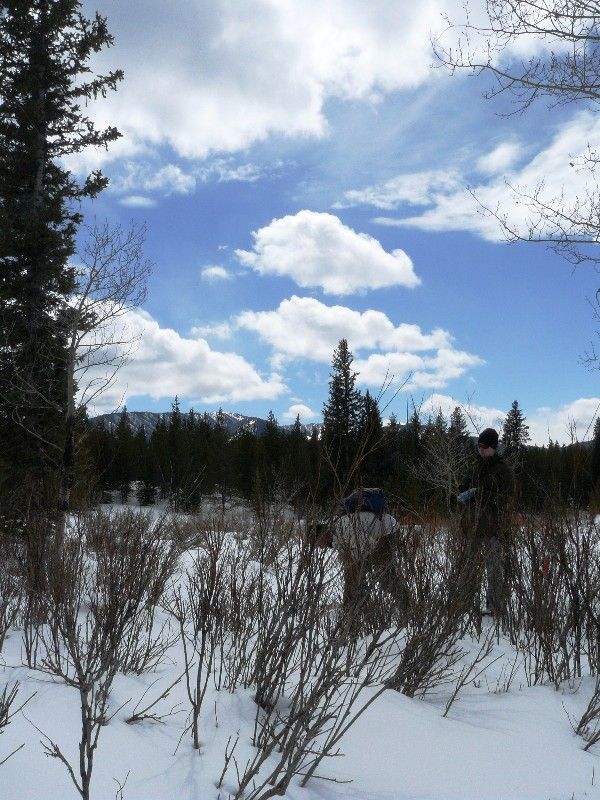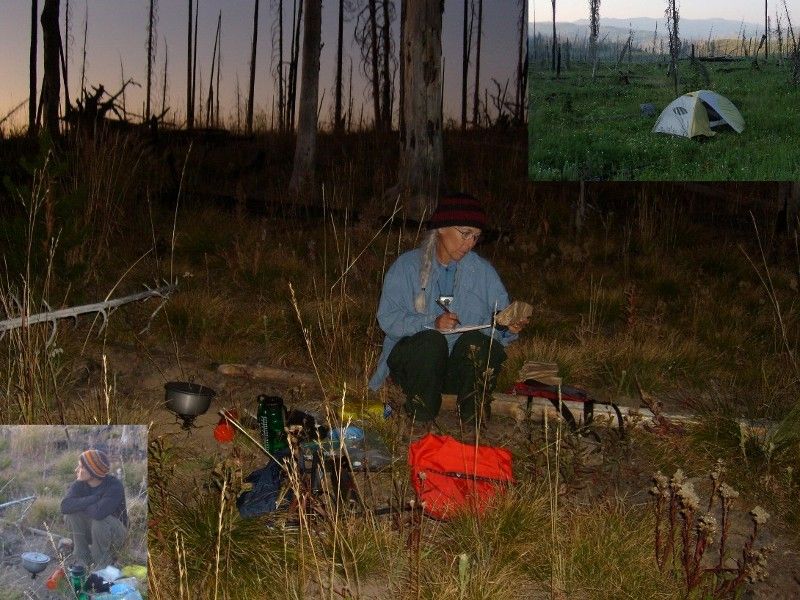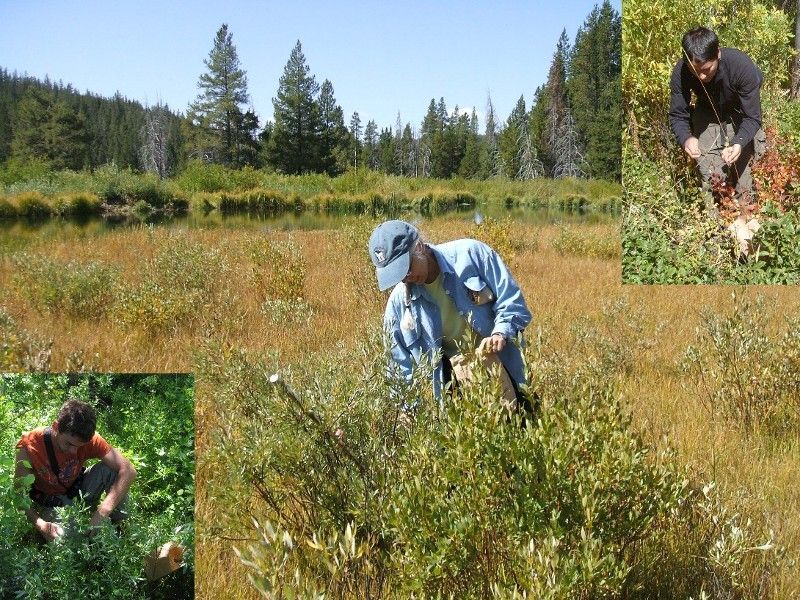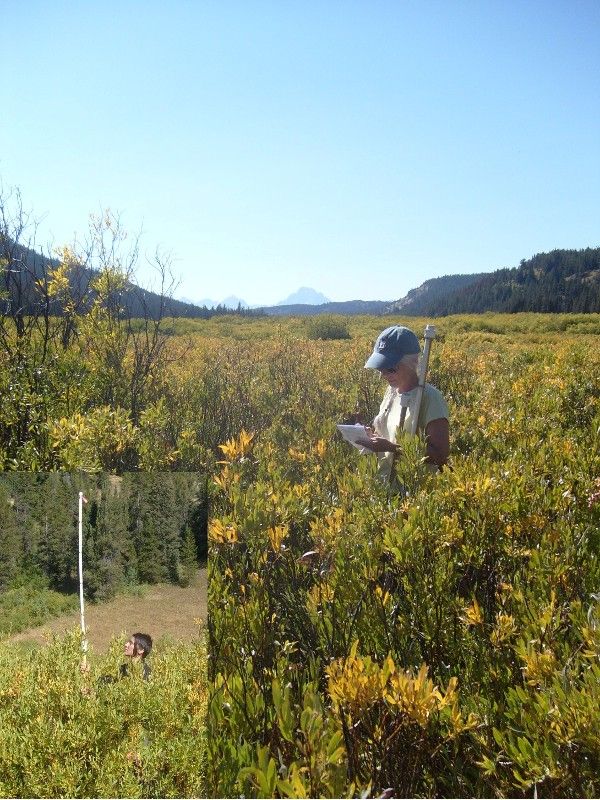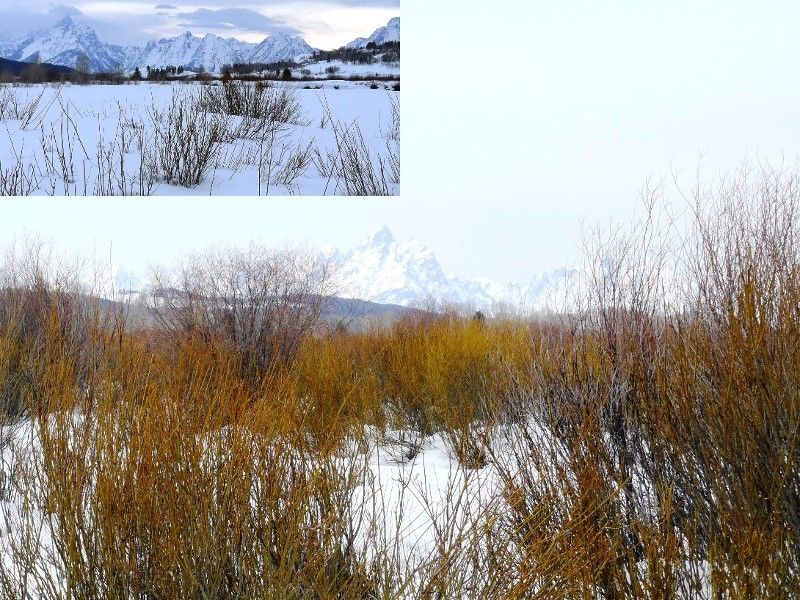We are working to understand the influnece of seasonal limitations and limiting factors on ungulate populations. Landscapes are being altered at increasing rates from both anthropogenic and natural causes. Growing human populations and increasing frequency of natural disturbances like wildfires produce fine to large-scale changes on the landscape. Such disturbances can alter habitat use and result in population-level consequences and thus challenges our ability to conserve and manage wildlife populations.
As the epidemic changes the structure and characteristics of the forest, the ungulates that inhabit these areas may alter their habitat use patterns to adapt to changing habitats. Moreover, ungulate distributional shifts may also lead to changes in the hunting patterns of humans, which are the primary predator of adult ungulates in affected forests. We are evaluating how the habitat use of elk is being influenced by the bark beetle epidemic in the Sierra Madre mountains of southeast Wyoming. By employing global positioning system (GPS) technology to document the movements of elk, we are quantifying how elk move about a forest with increased downed trees and understory vegetation and a potentially reduced thermal and hiding cover. To examine how elk use altered forest habitat, we are using satellite–derived land classification to categorize various stages of the beetle epidemic. In addition, we are coupling our analysis of elk habitat use with an analysis of how beetle kill is influencing hunter movements and interactions with elk. This work is done through voluntary monitoring of hunter movement paths during the fall hunting season. Our work will provide novel insights into how the bark beetle epidemic will influence elk habitat use and hunter effort, and this information will inform wildlife and land management decisions regarding ungulates and hunting in beetle-killed forests.
Reports & Publications
GTNP Annual Report 2008
GTNP Annual Report 2009
YNP Annual Report 2008
YNP Annual Report 2009
Contact
Janess Vartanian
University of Wyoming
Department of Zoology and Physiology
WY Cooperative Fish and Wildlife Research Unit
1000 E University Ave
Laramie, WY 82071
jvartani@uwyo.edu
Office: (303) 766-6415
Doug Brimeyer, Wildlife Biologist
Wildlife Biologist
Wyoming Game and Fish Department
420 N. Cache
P.O. Box 67
Jackson, WY83001
doug.brimeyer@wgfd.state.wy.us
Office: (303) 733-2321
Steve Kilpatrick, Habitat Biologist
Wyoming Game and Fish Department
420 N. Cache
P.O. Box 67
Jackson, WY83001
steve.kilpatrick@wgfd.state.wy.us
Office: (303) 733-2321
Sarah Dewey, Wildlife Biologist
Grand Teton National Park
P.O. Drawer 170
Moose, WY 83012
sarah_dewey@nps.gov
office: (307) 739-3480
Project Lead
Janess Vartanian is a MS candidate based in the Cooperative Fish and Wildlife Research Unit and the Department of Zoology and Physiology. Prior to starting her research, Janess obtained a Bachelor’s of Science in Zoology from North Carolina State University. MORE »
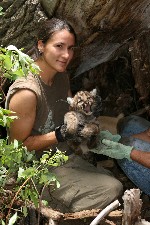
Timeline
Study design for this project began in the fall of 2007. Field work commenced January 2008 and was concluded at the end of September 2009. Data collection took place seasonally (winter January-April and summer June-September) in 2008 and 2009. During this time, moose captures occurred in mid-February, and helicopter surveys to document parturition and neonate survival in June and July, respectively. GPS collars remotely released May 1, 2010 and laboratory analysis of forages was completed in the fall of 2010.
Project completed December 2011.
Funding & Partners
Teton Conservation District • US Forest Service • Wyoming Animal Damage Management Board • Wyoming Game and Fish Department • Wyoming Governor’s Big Game License Coalition • Wyoming State Wildlife Grants

